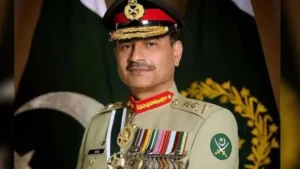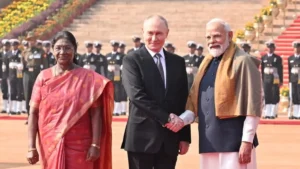Tomiko Itooka, a Japanese woman recognized by Guinness World Records as the world’s oldest person, passed away at the age of 116 in January 2025. Born in May 1908, she experienced an extraordinary life, living through major historical events, including both World Wars, technological advancements, and societal changes. Her legacy continues to inspire through her resilience and longevity.
Key Highlights of Tomiko’s Life
Birth and Early Life
- Born in May 1908, six years before World War I.
- Witnessed significant technological advancements, including the launch of the Ford Model T in the same year.
World War II and Career
- Managed her husband’s textile factory office during World War II.
- Lived alone in Nara after her husband’s death in 1979.
Personal Life
- Married at age 20 and had two daughters and two sons.
- Survived by one son, one daughter, and five grandchildren.
Longevity and Health
- Verified as the world’s oldest person in September 2024, following the passing of Maria Branyas Morera, the previous record holder.
- Enjoyed simple pleasures in her later years, like eating bananas and drinking Calpis, a popular Japanese soft drink.
Recognition
- Received the official Guinness World Records (GWR) certificate in September 2024.
- Celebrated during the Respect for the Aged Day in Japan, a holiday dedicated to honoring elderly citizens.
End of Life and Legacy
- Passed away in a nursing home in Ashiya, Hyogo Prefecture.
- The mayor of Ashiya praised her for providing hope and courage to many people.
| Summary/Static | Details |
| Why in the news? | World’s Oldest Person, Tomiko Itooka, Dies at 116 Years |
| World’s Oldest Person | Verified as the world’s oldest person in September 2024 after Maria Branyas Morera passed away. |
| Country | Japan |
| Historical Events | Lived Through Two World Wars, technological breakthroughs, pandemics. |
| Career | Managed husband’s textile factory during WWII. Lived independently after husband’s death in 1979. |
| Recognition | Awarded GWR certificate in 2024; celebrated on Respect for the Aged Day. |
| Legacy | Praised for providing hope and courage through her long life. |
| Successor | Brazilian nun Inah Canabarro Lucas, born 16 days after Itooka, is now believed to be the world’s oldest person. |



 Weak La Niña Likely to Influence Global ...
Weak La Niña Likely to Influence Global ...
 Asim Munir Formally Appointed Pakistan's...
Asim Munir Formally Appointed Pakistan's...
 Putin Receives Grand Ceremonial Welcome ...
Putin Receives Grand Ceremonial Welcome ...







